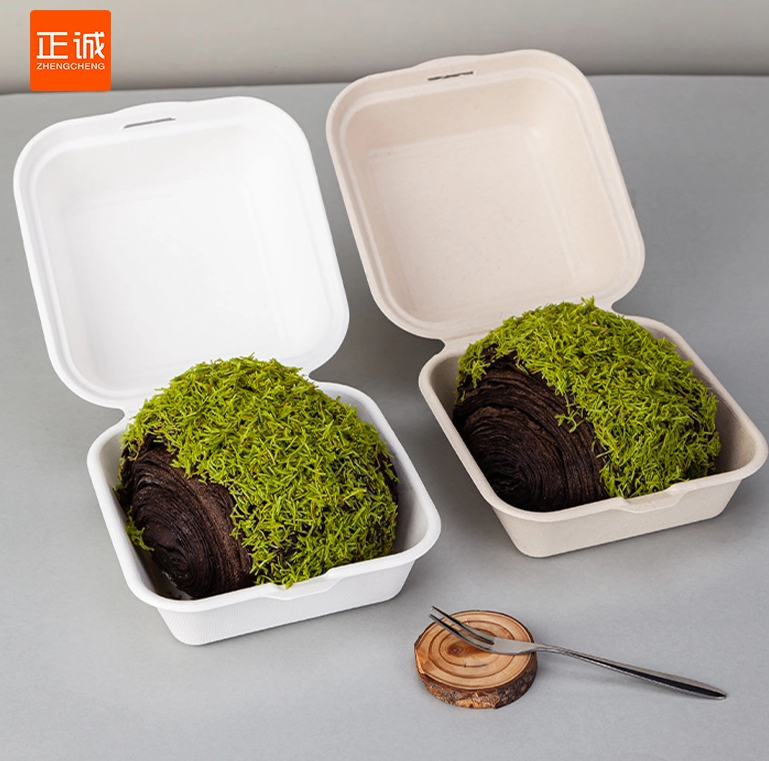When it comes to gemstones, the allure of rarity often elevates their value and desirability. Among the myriad of precious stones that grace our planet, one gem stands out as the rarest of them all: Painite. This extraordinary mineral has captivated gemologists and collectors alike, not only for its scarcity but also for its unique properties and fascinating history. In this article, we will delve into the world of Painite, exploring its formation, characteristics, and the reasons behind its status as the #1 rarest gem.
The Formation of Painite: A Geological Marvel
Painite was first discovered in Myanmar (formerly Burma) in the 1950s by British gemologist Arthur Charles Davy Pain, after whom the gem is named. This rare borate mineral is composed of calcium, zirconium, boron, and aluminum, and its formation is a complex process that requires specific geological conditions. Painite typically forms in metamorphic rocks, where high temperatures and pressures facilitate the crystallization of its unique chemical composition.
The rarity of Painite is primarily attributed to the limited locations where it can be found. For decades, only a handful of specimens were known to exist, making it a coveted treasure among gem collectors. In fact, for many years, Painite was listed in the Guinness World Records as the rarest mineral on Earth, with only two known crystals until the early 2000s.
Characteristics of Painite: A Gem of Distinction
Painite is not only rare but also possesses distinctive characteristics that set it apart from other gemstones. Its color ranges from brown to reddish-brown, often exhibiting a unique play of light due to its crystalline structure. The gem can also display a vitreous luster, enhancing its visual appeal.
One of the most intriguing aspects of Painite is its hardness. On the Mohs scale, Painite ranks between 8 and 8.5, making it a durable choice for jewelry. However, its rarity means that it is seldom used in commercial jewelry, and most Painite specimens are kept in private collections or museums.
The Market for Painite: A Collector's Dream
Due to its extreme rarity, Painite commands astronomical prices in the gemstone market. Prices can range from several thousand to tens of thousands of dollars per carat, depending on the quality and size of the specimen. The limited supply and high demand among collectors and investors contribute to its status as a sought-after gem.
In recent years, more Painite specimens have been discovered, particularly in Myanmar, but the gem remains elusive. The ongoing search for Painite continues to intrigue gemologists, and each new find adds to the gem's mystique.
The Cultural Significance of Painite
Beyond its geological and commercial value, Painite holds cultural significance in various societies. In some cultures, rare gemstones are believed to possess mystical properties, and Painite is no exception. It is often associated with wisdom, enlightenment, and spiritual growth. Collectors and enthusiasts alike cherish Painite not only for its beauty but also for the stories and meanings it embodies.
Conclusion: The Allure of Rarity
In conclusion, Painite stands as the #1 rarest gem on Earth, a testament to the wonders of nature and the complexities of geological processes. Its unique formation, striking characteristics, and cultural significance make it a gem worthy of admiration and study. As the quest for Painite continues, it serves as a reminder of the beauty and mystery that our planet holds beneath its surface. Whether you are a gem collector, a geology enthusiast, or simply someone captivated by the extraordinary, Painite is a gem that embodies the essence of rarity and allure.







+ There are no comments
Add yours